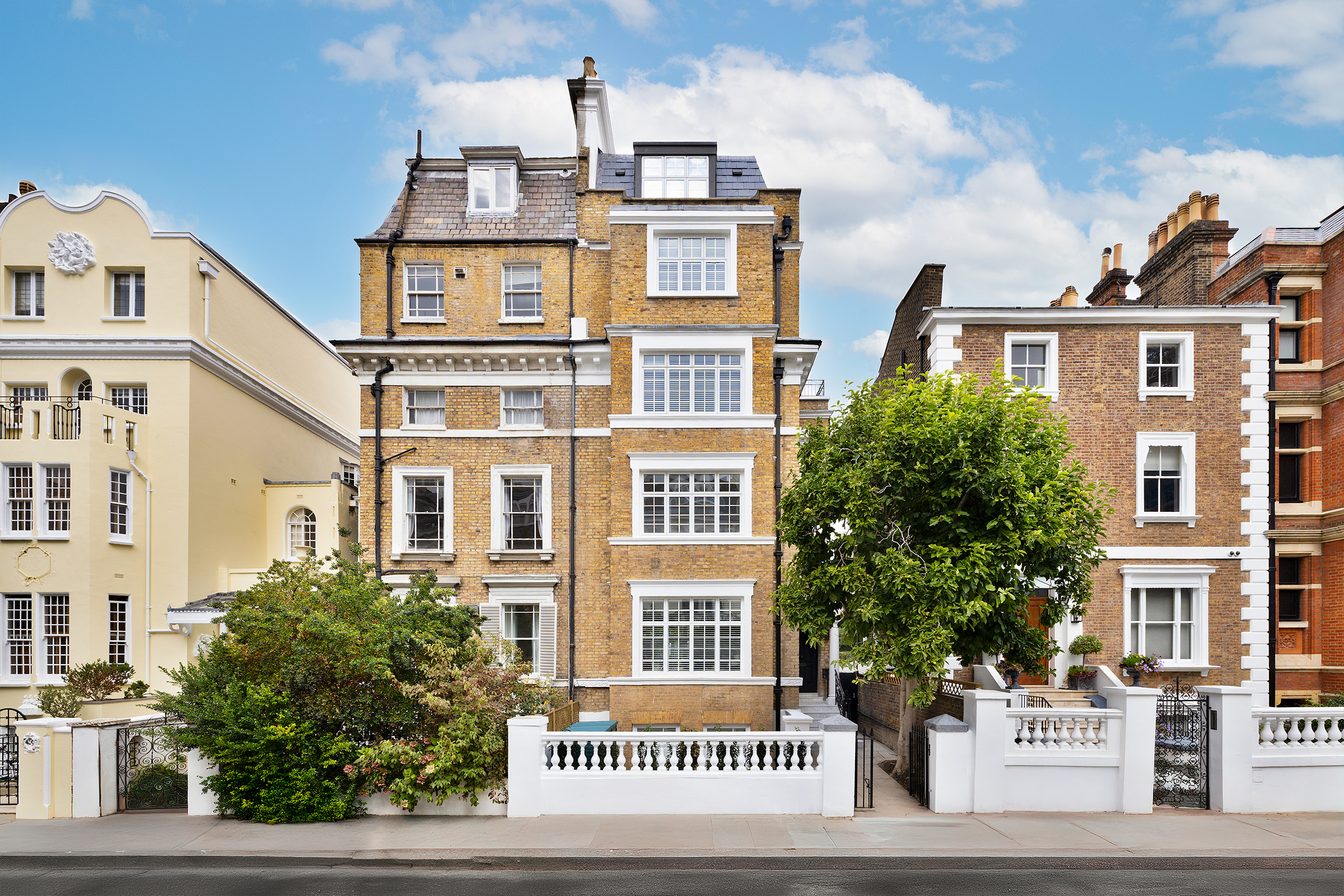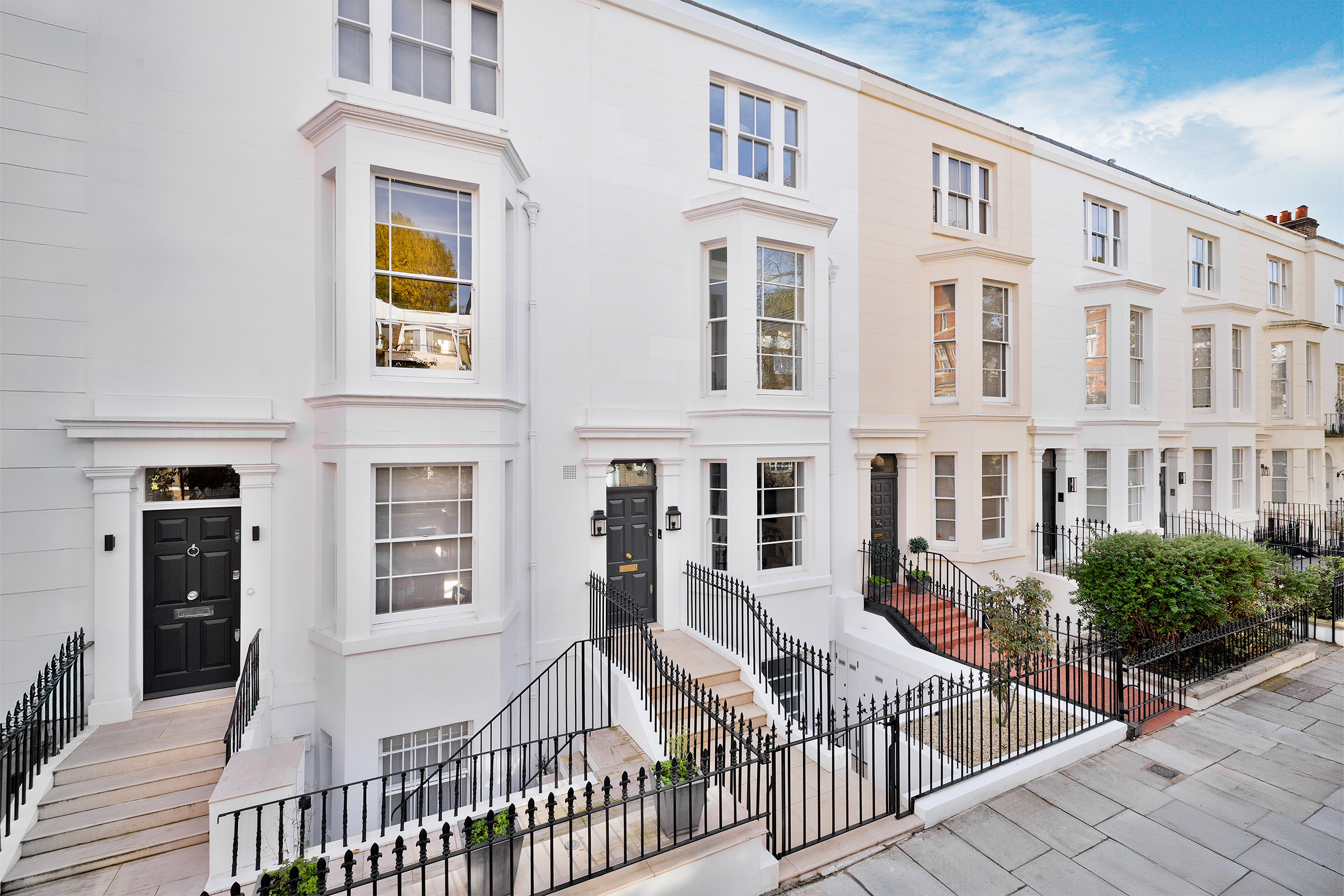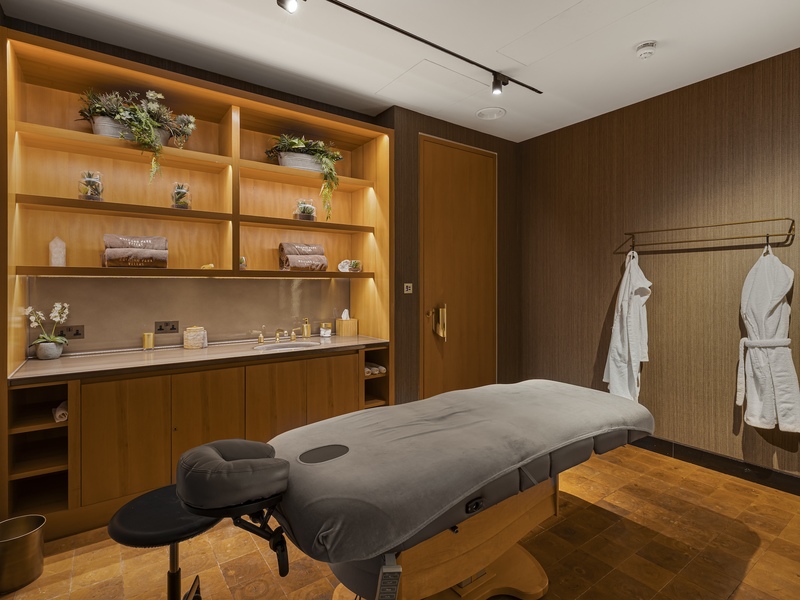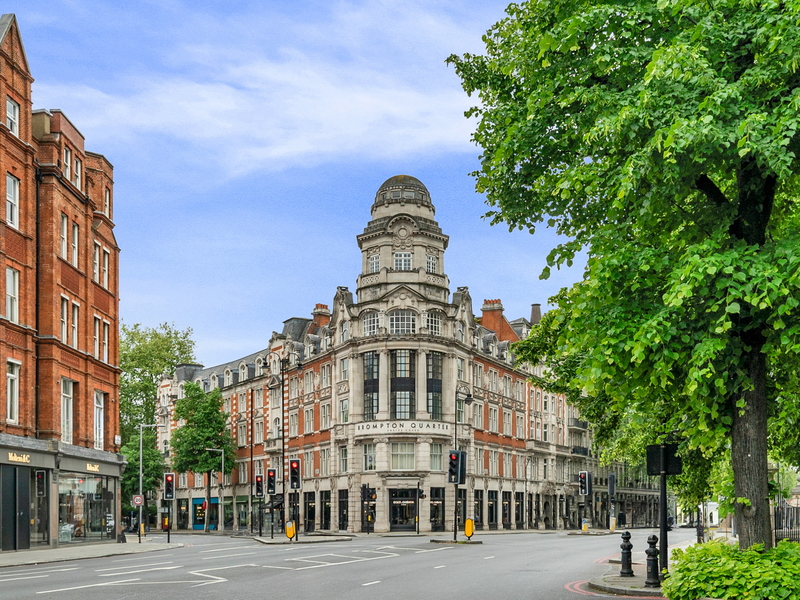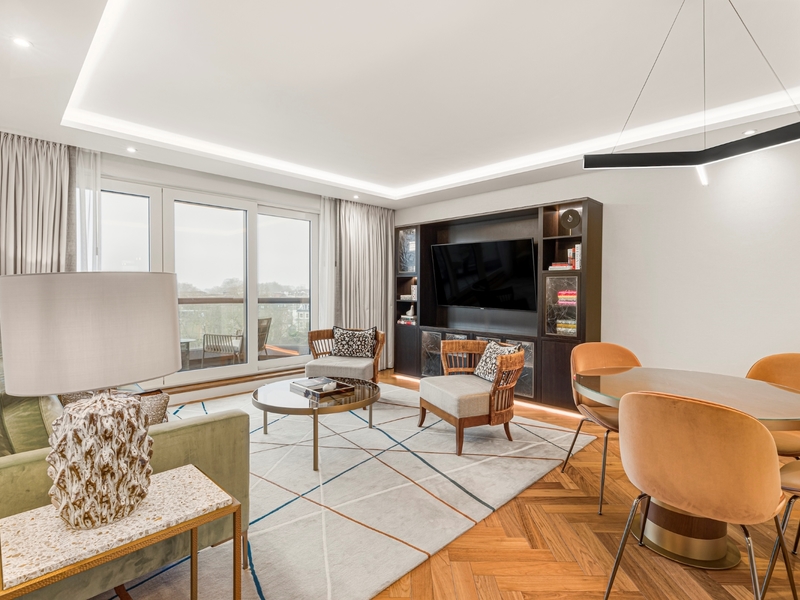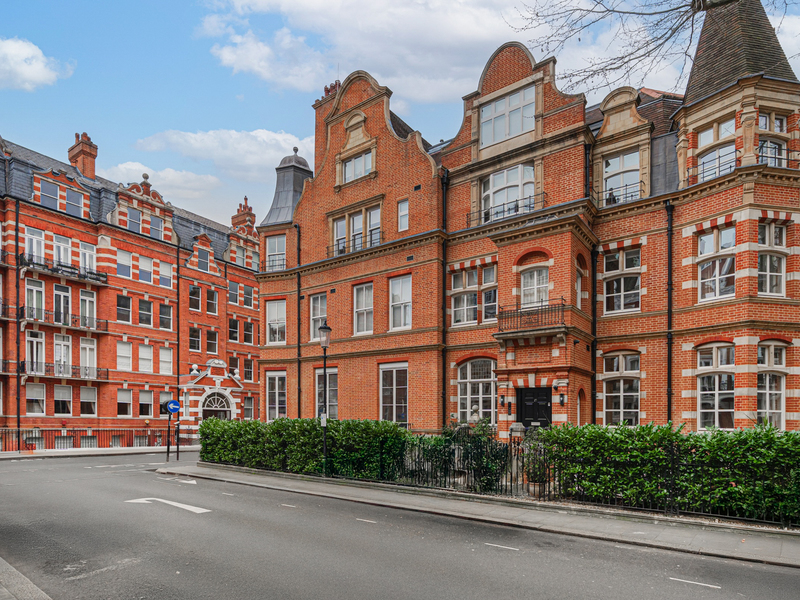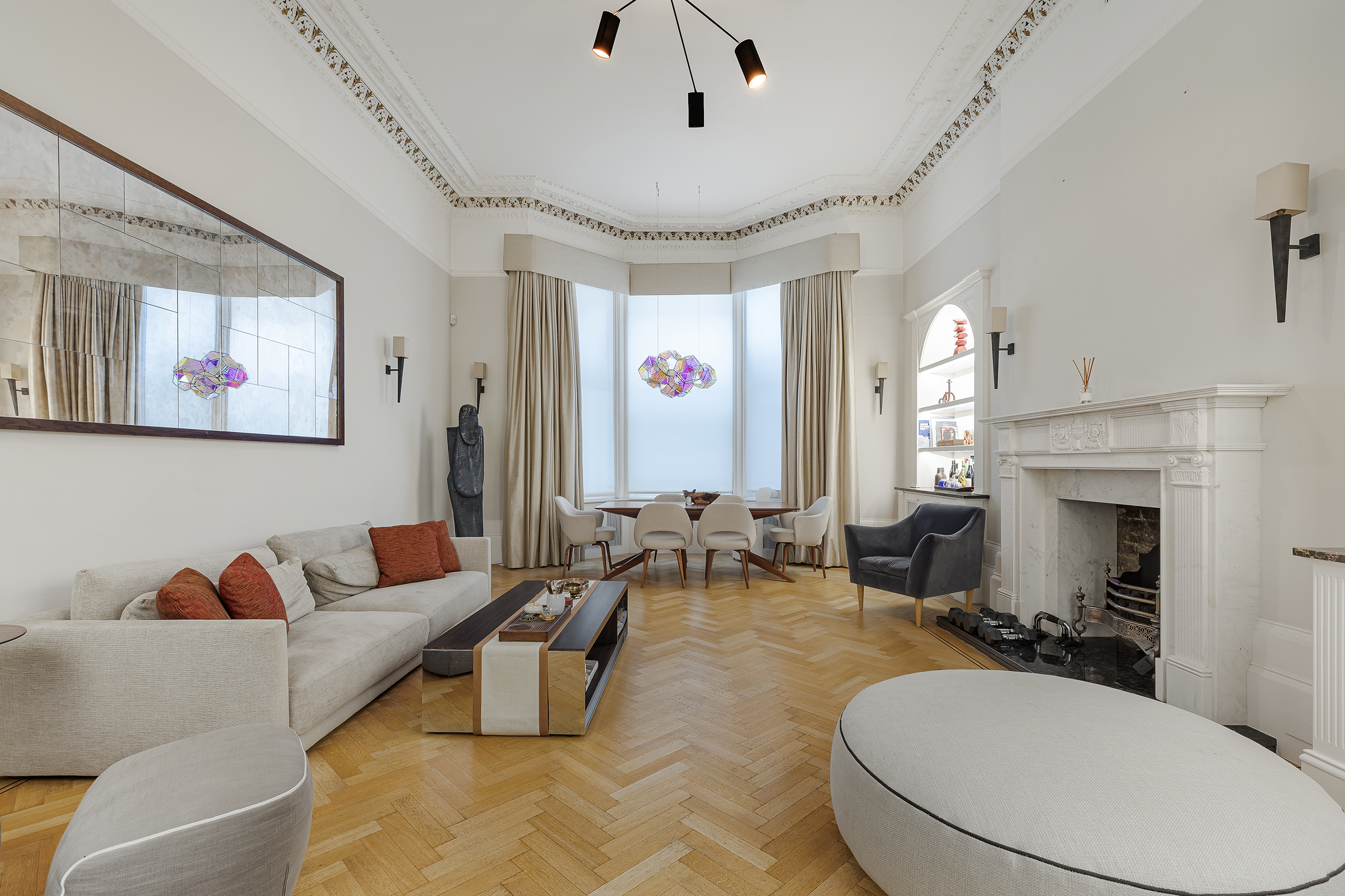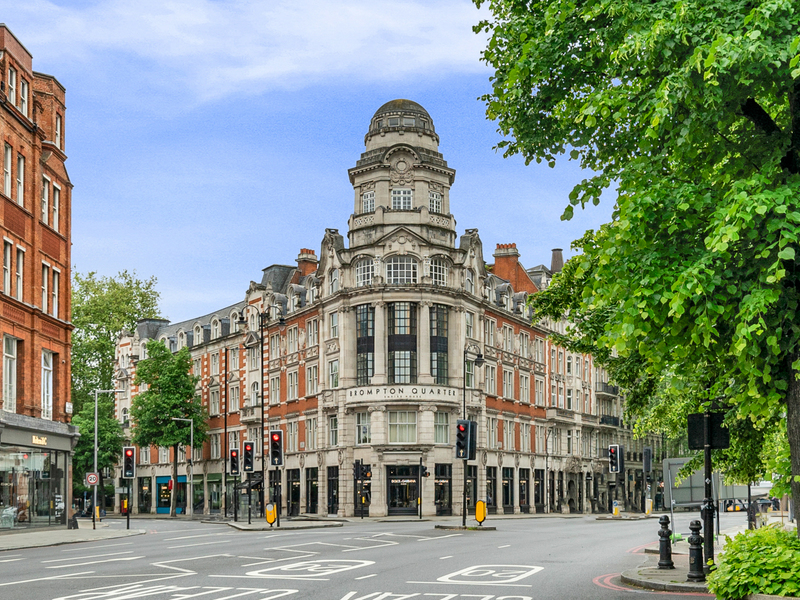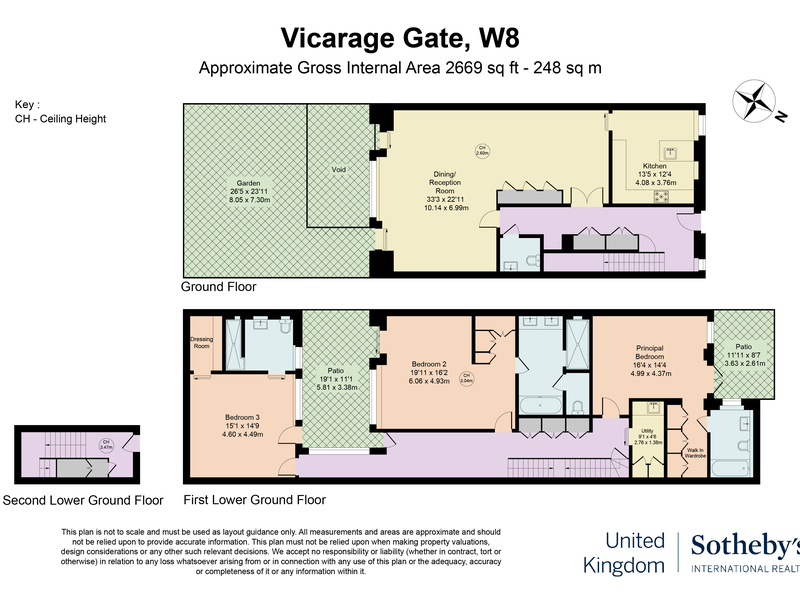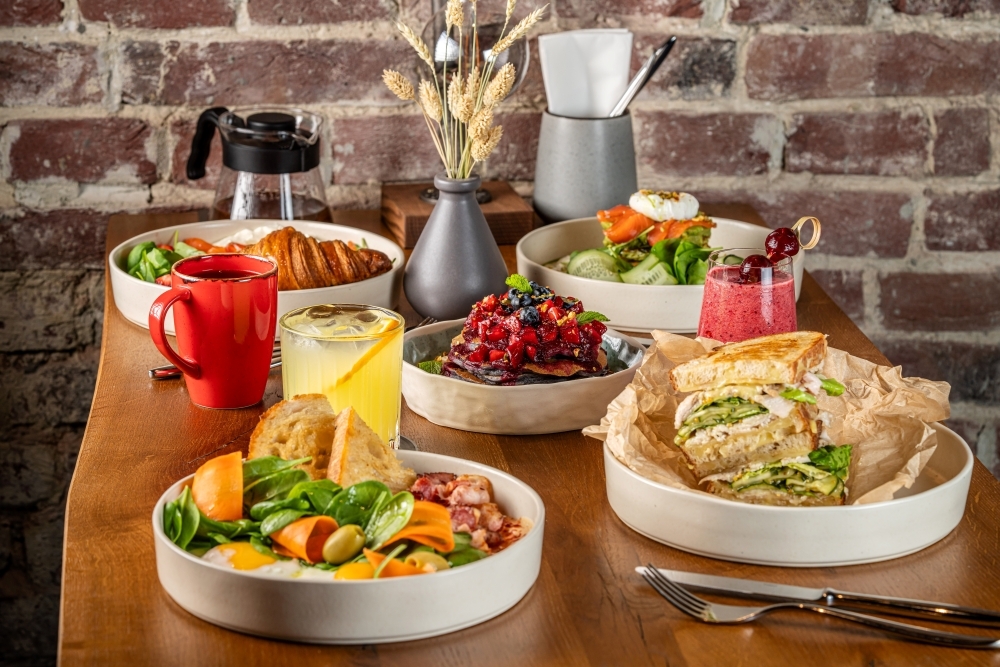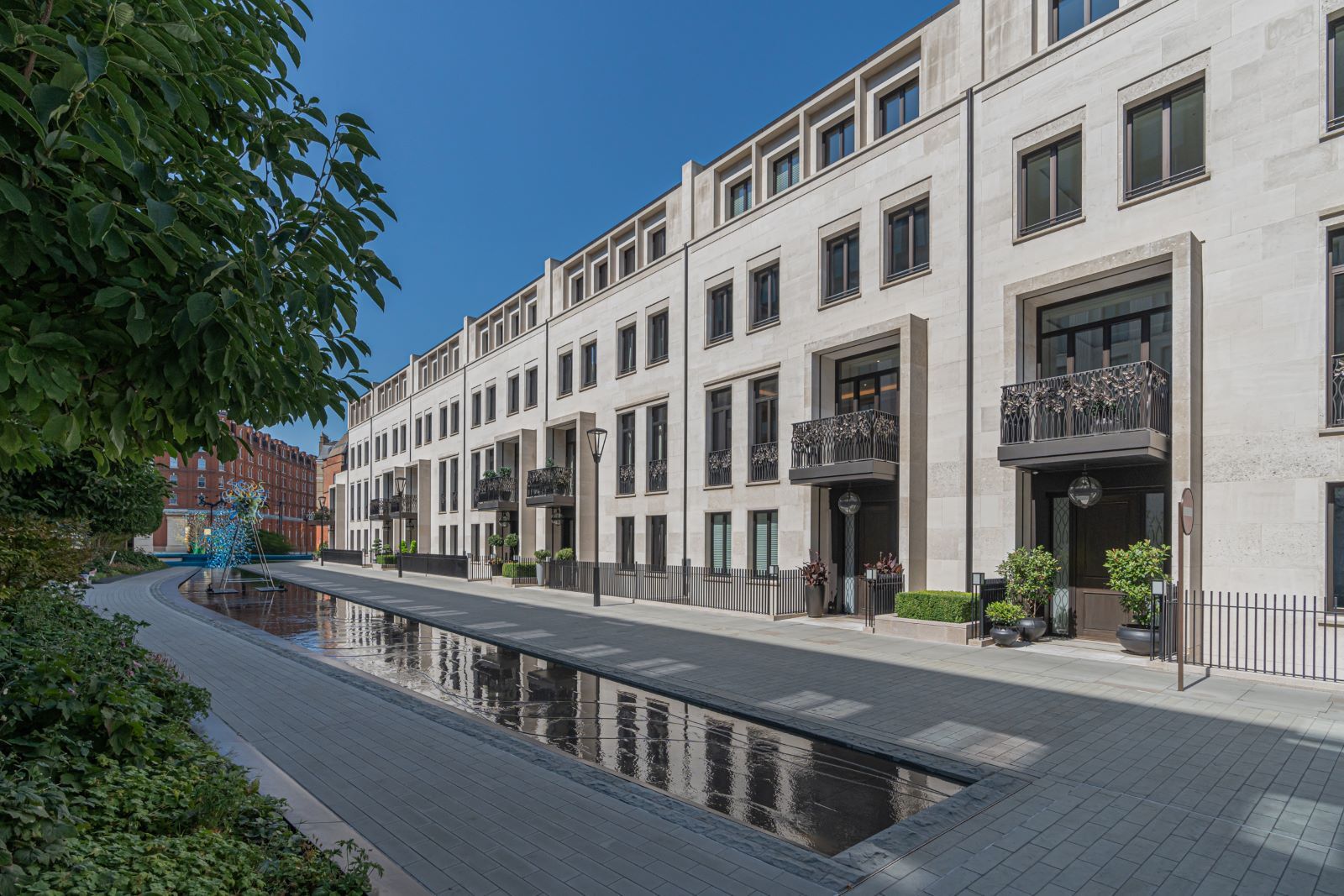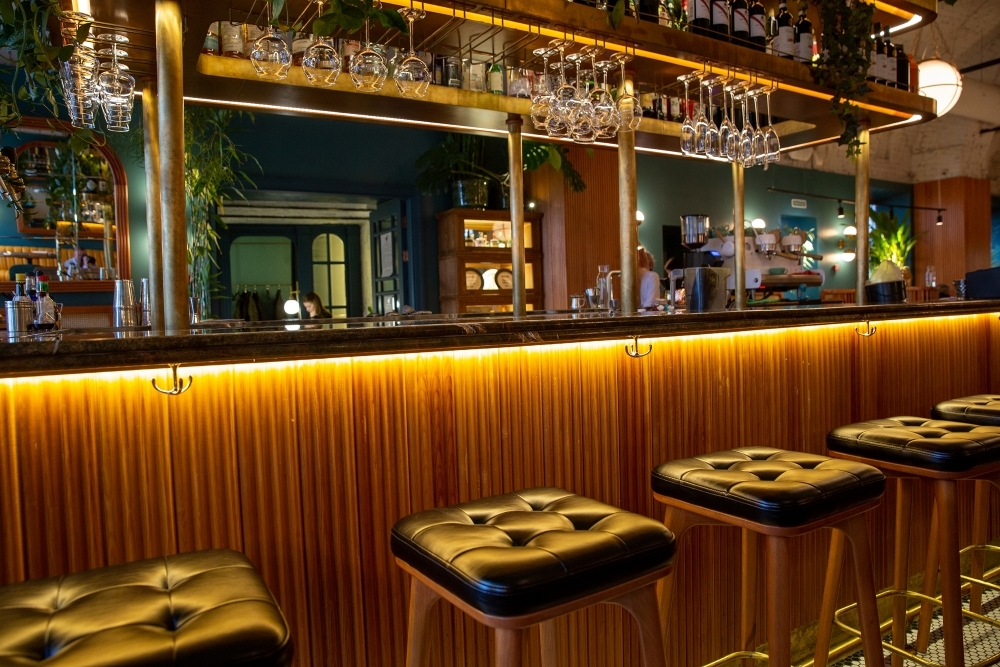Inside Garden Lodge Kensington: A Short History Of One Of London’s Most Desirable Residences
Garden Lodge, located in the heart of Kensington, is more than just a luxurious mansion. It has seen multiple extraordinary residents, from artists, singers and sculptors, to international spies.
However, there is much that the public might not know or fully appreciate about this iconic London home, which is why it is our pleasure to present a short history and many facts you most likely didn’t know about Garden Lodge.

A Foundation Built On The Arts
Garden Lodge was built in 1908 for painter Cecil Rea and his wife, Constance Halford, also a prominent artist. Embodying the architectural charm of the era, the property, with its iconic red-brick exterior, elegant bay windows, and wrought-iron gates, was designed to cater to the needs of an affluent London family, embodying the iconic style of property in Kensington.
The house’s original layout and features, including high ceilings and ornate detailing, are typical of Victorian homes in Kensington, where grandeur and space were key. For many years, the property was part of the wider post-Victorian real estate boom, with its importance growing alongside Kensington’s rise as an elite neighbourhood in London.
Also Read: Best Brunch in South Kensington
Building An Exclusive Enclave
Located on Logan Place, a quiet, gated street in Kensington, Garden Lodge has long been part of a highly exclusive area which boasts some high-end rental properties. The surrounding properties, including townhouses and private mansions, have always been home to influential figures from various industries, perhaps most notably the arts.
With so many beautifully designed homes and leafy green streets, it’s no wonder Kensington attracts many high-profile residents, drawn to the privacy and security on offer amid one of London’s busiest districts. The value of properties in Logan Place has skyrocketed in recent decades, thanks to its prime location and secluded environment. However, after the passing of the original owners during the 1930s, Garden Lodge changed hands and boasted some very different occupants.
Also Read: Afternoon Tea at Kensington Palace
The Spy’s Den
With Britain and much of the world going to war at the end of that decade, the next couple who moved into the property made it a meeting place for some of the most significant figures in British Intelligence. Renowned spy Tomas Harris called Garden Lodge home when he wasn’t running secret schemes involving double agents to fool enemy intelligence operatives. Sotheby’s also has a unique connection to this period of Garden Lodge's history.
Peter Wilson, former chairman of Sotheby’s auction house and also a member of British Intelligence during the Second World War, was a frequent guest at Garden Lodge of Mr Harris. Mr Wilson’s association with British Intelligence brought him into contact with celebrated James Bond author Ian Fleming. The short story “The Property of a Lady”, mentions Mr Wilson by name, and Sotheby’s auction house features as a location and plot point in both the novel and its film adaptation, Octopussy (1983).
Also Read: Best Cafes in Kensington
An Icon Moves In
In 1980, the house entered a new phase in its history when it was purchased by Freddie Mercury, the charismatic frontman of the prominent British rock band, Queen. At the time, Mercury sought a private retreat away from the constant attention of fame. Garden Lodge provided the perfect blend of luxury and seclusion. He paid £500,000 for the property in cash, which would equivocate to more than £2,000,000 today!
This purchase transformed the house into a cultural landmark, but the privacy offered by its location made it a sanctuary for the music icon. When Freddie Mercury moved into Garden Lodge, he undertook a significant redecoration of the interior. His taste was eclectic, blending Western luxury with Japanese influences. Mercury was an avid art collector of Japanese woodblock prints, silk screens, and porcelain vases. The house was a mix of period features and Mercury's flamboyant style, creating a unique fusion of old and new.
Also Read: Kensington Health Club and Spa
The Secret Garden
The outdoor space at Garden Lodge was another area that Mercury was passionate about. He worked closely with landscapers to turn the garden into a serene retreat. Inspired by Japanese gardens, Mercury created a private oasis filled with roses, tulips, and carefully pruned trees.
The garden was designed as a tranquil escape, with quiet seating areas and spaces for reflection. Allegedly, there was even a secret tunnel which led out to the garden from the house! Rumour or not, the space remains a central feature of the property today, continuing to offer peace and beauty amidst the hustle and bustle of London.
Also Read: Memorial Park for Families in Kensington
A Secluded Spot For Genius
While Garden Lodge wasn’t Queen’s official recording studio, the house played a significant role in Mercury's creative process. It is said that Mercury would often compose melodies on the black Steinway piano in his drawing room, surrounded by his art collection and luxurious furnishings. The house was a haven where music was created in private, away from the public eye, as can be seen in the biographical film of Queen and Mercury, Bohemian Rhapsody.
Garden Lodge would serve as a sanctuary for Mercury during some of the most difficult years of his life, when he took a temporary hiatus from Queen to focus on solo pursuits and also shielded him from the scandals of his personal life. During the late 1980s, the house became a creative hub for the band as they worked on albums such as The Miracle and Innuendo.
Also Read: Kensington Palace Gardens
Tragedy Leads To Change
After Freddie Mercury’s tragic passing in 1991, Garden Lodge was bequeathed to Mary Austin, a lifelong friend and confidante to whom Mercury was so attached that he brought her a home close to Garden Lodge so they might always be close. Over the years, Austin made subtle changes to the interior of the house.
While she preserved many of Mercury’s furnishings and the overall aesthetic of the home, Austin opted for a quieter, more understated style. The opulent furnishings remained, but some of the more dramatic elements of the décor were toned down. The various collected items and memorabilia would leave behind a legacy of its own.
Also Read: Kensington Luxury Living
Preserving the Legacy: Auctions and Memorabilia
Following Mercury's death, some of the most iconic items from Garden Lodge were auctioned off, marking another transformation in the house’s history. Over the years, pieces such as rare Japanese artwork, antique furniture, and personal memorabilia from Mercury's time at Garden Lodge have appeared at high-profile auctions, including Sotheby’s.
While the house still holds many personal items, these auctions allowed fans and collectors to own a piece of Mercury’s legacy. The auctions have helped share Garden Lodge’s history with the public, and while the property itself remains off-limits to most, it did not stop Garden Lodge from becoming a shrine to the deceased artist.
Also Read: Best Restaurants in Kensington and Chelsea
A Cultural Landmark
Although Mary Austin has made a conscious effort to keep the house and its history largely private, the iron gates of the property became a pilgrimage site for Queen fans, which did bring its fair share of issues. Though the messages and graffiti left by fans were removed to preserve the property’s façade, after Mercury’s passing, admirers continued to leave flowers and tributes and the home does attract a significant amount of public interest.
It has been hard for Garden Lodge to remain a private residence - though shielded from the outside world by its thick walls and secluded grounds, the intrigue and legacy of its most famous resident has no doubt, meant this particular address has possibly felt at times, as more of a mausoleum. This may explain why now, things are changing.
Also Read: Things to Do in Kensington
A Time For Change
After more than 30 years of ownership, Mary Austin announced her intention to sell Garden Lodge in February 2024, the first time the property would have been sold in four decades. The property has been listed at £30,000,000, but the history of this house should not detract from where its true value lies.
Garden Lodge Kensington has a long and fascinating history, one that spans from its Victorian origins to its present status as a private home. While it remains synonymous with Freddie Mercury, the house itself has evolved, reflecting the tastes and personalities of its various occupants.
Today, it is a monument not only to the life of one of music's greatest icons but also to the enduring appeal of Kensington’s architectural gems. Whoever should take ownership of the property next will have the privilege of calling such an incredible property their home.
Browse our properties for sale in Kensington and explore exceptional homes with storied histories.
Eldon Road, Kensington
- 4
- 6
- 3,961 SQ.FT.
Gloucester Walk, Kensington
- 4
- 5
- 3,150 SQ.FT.
Kensington Court, Kensington
- 14
- 14
- 7,000 SQ.FT.
Holland Park Villas, Kensington
- 3
- 3
- 2,430 SQ.FT.
Empire House, Kensington
- 3
- 3
- 1,574 SQ.FT.
Cheval Gloucester Park, Kensington
- 1
- 1
- 710 SQ.FT.
Kensington Court, Kensington
- 2
- 2
- 1,292 SQ.FT.
Kensington, Kensington
- 2
- 2
- 1,922 SQ.FT.
Empire House, Kensington
- 3
- 2
- 1,675 SQ.FT.
Vicarage Gate House, Kensington
- 3
- 3
- 2,669 SQ.FT.
